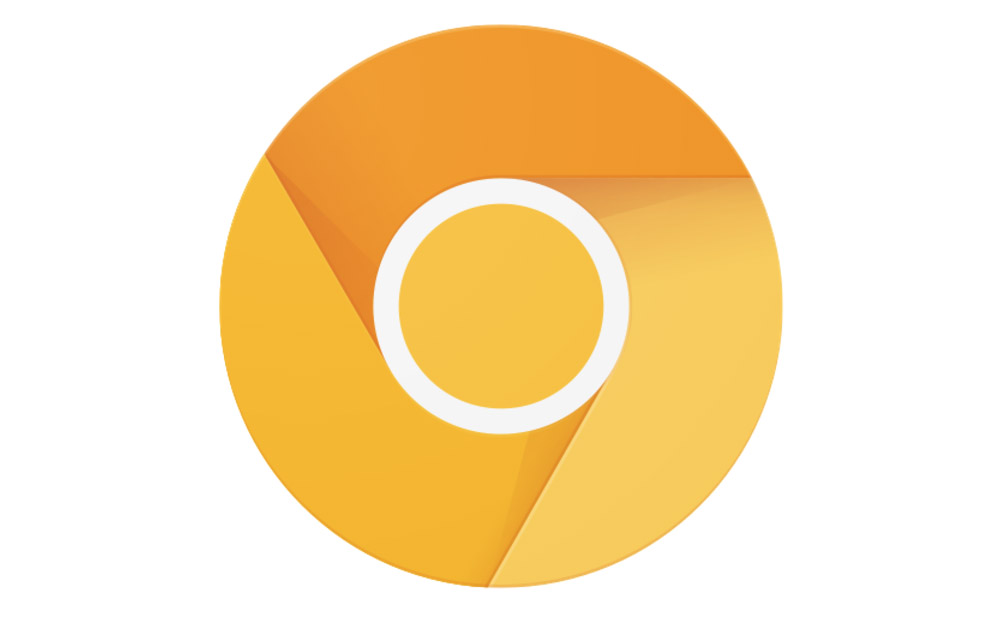

#Chrome canary icon update
That will change the value for your user account, but if you want to make sure it affects all users on the machine, update the version under HKLM as well. Go to HKEY_CLASSES_ROOT\.html and set the default value to ChromeHTML. Now we need to make sure the association between the file extension and file type is correct. (Remove the (x86) part if your Chrome installation is actually in the plain Program Files folder.) "ApplicationCompany"="Google Files Files (x86)\\Google\\Chrome\\Application\\chrome.exe\" - \"%1\""
#Chrome canary icon android
"ApplicationDescription"="Access the Internet" Google Chrome Canary Download Download options: Windows 64-bit Windows 32-bit macOS M1 macOS Intel Android Last updated: OctoDeveloper: Google License: Freeware OS.

"ApplicationIcon"="C:\\Program Files (x86)\\Google\\Chrome\\Application\\chrome.exe,0" reg and run it: Windows Registry Editor Version HTML Document" If yours is missing or doesn't specify an icon, save this as a. The Chrome HTML file type is usually found at HKEY_CLASSES_ROOT\ChromeHTML. HKCU takes precedence, but the assoc and ftype utilities look at HKLM. Interestingly, that branch isn't actually a hive of its own it's put together on the fly by combining the \SOFTWARE\Classes data from HKEY_CURRENT_USER and HKEY_LOCAL_MACHINE. You may also use the flag to display the icon if it is not displayed, provided that the Chrome Labs experiments is listed on the chrome://flags page.File types and assocations are stored in the Registry, under HKEY_CLASSES_ROOT. The icon is removed from the toolbar after the restart. Set the status of the preference to Disabled.Load chrome://flags/#chrome-labs in the browser's address bar.The only option to remove it is the following one: as for everyone else, they can expect to see the latest design rolled out on. The icon itself cannot be unpinned from the main toolbar using regular options. the new google chrome icon is already visible for users with the developer version installed (chrome canary). Remove the Experiments icon from Google Chrome Called Chrome Labs, it is the preference that powers the new Experiments icon.

Google revealed the new Experiments feature back in December when it added the option to enable it to the chrome://flags page. It is unclear, unfortunately, what default means in this context, as it is not revealed this can be confusing as users may not know whether an experiment is enabled by default or disabled. The status of all experiments is set to default, and users of the browser may use the menu to change the status, e.g. Two of the three improve tab management in the browser by enabling options to scroll the list of tabs, something which Chrome has never supported, and to search across all open tabs. A click on the icon displays the available experiments at the time of writing.Ĭurrently, Google is promoting the three experiments Reading List, Tab Scrolling and Tab Search. The new icon in Chrome Canary looks like a test glass. The company is not the first to do so, as Mozilla and Vivaldi are using similar pages in the Firefox and Vivaldi browsers. To better highlight some experiments, Google decided to integrate a new Experiments icon in the Chrome browser. While Google may enable them at will in the browser, doing so may be of little use for development if users don't realize that a new feature is enabled in the browser. One of the issues with the approach to testing is that new features are not highlighted in any way to users. Chrome Canary Chromium Edge Edge Beta Edge Canary Edge Dev Electron Firefox Firefox Developer Edition Firefox Nightly WebKit (Experimental) Cypress automatically detects available browsers on your OS. to enable or disable them depending on their defaults. All versions of Google Chrome support the chrome://flags page the page lists available experiments and provides users with options to change the status of them, e.g.


 0 kommentar(er)
0 kommentar(er)
